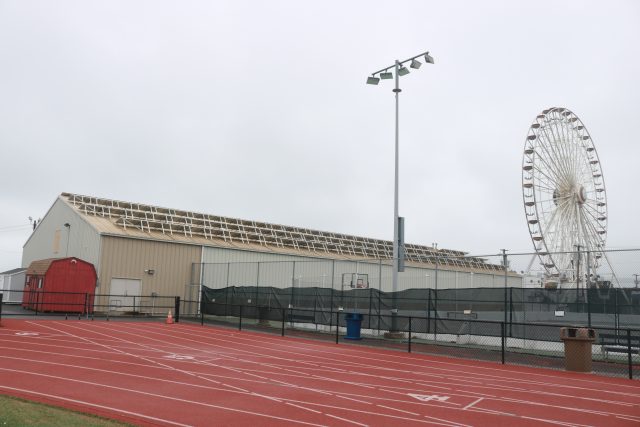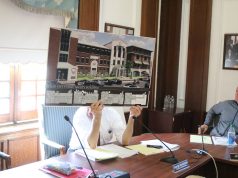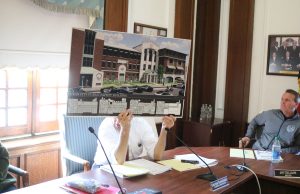By DONALD WITTKOWSKI
City Council approved a $6.5 million bond ordinance Thursday night to finance a series of major projects, including beach replenishment, new geotubes to reinforce the sand dunes and the expansion of the aging Sports & Civic Center.
The city plans to spend $3 million to give the now-drab Sports & Civic Center a facelift. New locker rooms and bathrooms will be built. An overhang will be added to the entryway to protect people from the rain and also to spruce up the building.
Despite its utilitarian appearance, the building plays an important role in the city’s sports scene and as the venue for special events, including festivities for the family-friendly First Night celebration on New Year’s Eve.
Hoping to turn it into a bigger, more functional facility, the city will expand and renovate it. Frank Donato, the city’s chief financial officer, explained that the expansion project should lead to more college sports teams using the building and the adjacent Carey Stadium high school athletic complex.
The sports complex is already rented by some college athletic programs for their workouts. Villanova University’s football team, for instance, practices at the stadium each year.
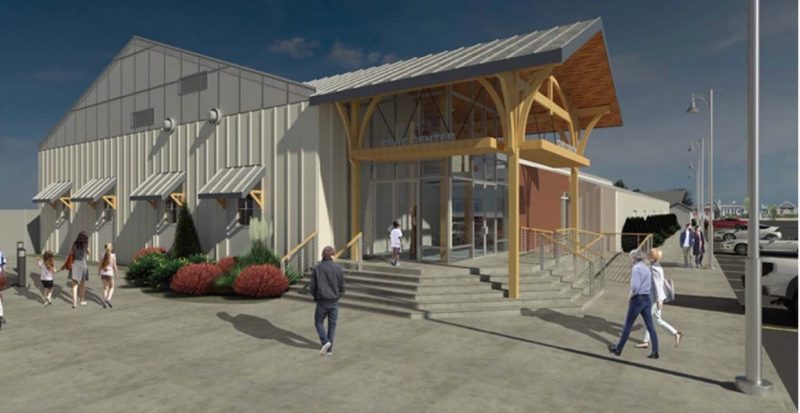
Meanwhile, the bond ordinance also includes $3 million to help the city pay for its share of a beach replenishment project expected to be completed in time for the 2020 summer tourism season.
Ocean City, Sea Isle City and Strathmere are part of a U.S. Army Corps of Engineers beach replenishment project that will deposit a total of 2.4 million cubic yards of fresh sand along the eroded shoreline of all three towns.
A $32.5 million contract been awarded for the project. However, there are options built into the contract that could push the cost up to $41.3 million if surveys of the storm-damaged beaches show that even more sand is needed for replenishment.
According to initial figures, Ocean City will receive 800,000 cubic yards of new sand to replenish the beaches in the north end of town from Seaview Road to 13th Street. Another 455,000 cubic yards of sand will help restore the beaches in the southern end from 49th to 59th streets.
Ocean City and other beach towns along the Jersey Shore were hammered by a lingering coastal storm that brought strong winds and a series of destructive high tides from Oct. 9 to the morning of Oct. 12.
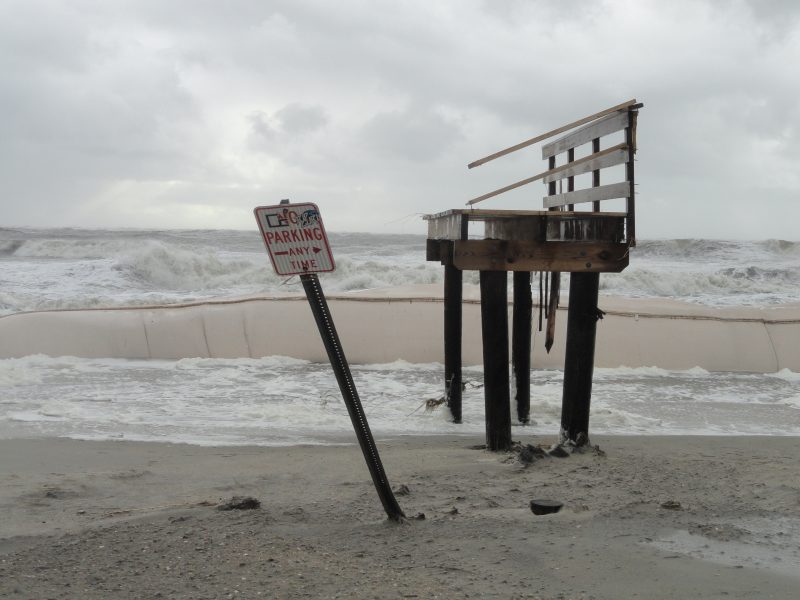
Donato said the city plans to piggyback on the Army Corps of Engineers’ beach replenishment project to install geotubes that would help protect the shoreline between Fourth and Fifth streets.
The geotubes, essentially an elongated synthetic “sock” filled with sand, would reinforce the dunes in an area that is particularly vulnerable to beach erosion. They would stretch around two blocks long between Fourth and Fifth streets.
The city earlier installed a geotube to protect Waverly Beach along East Atlantic Boulevard. It helped to save homes when Ocean City was hammered by Hurricane Sandy in 2012.
The hope is that new geotubes at Fourth and Fifth streets would make the dune system an even stronger storm barrier.
City Business Administrator George Savastano explained that the new geotubes will be buried about 4 feet deep beneath the dunes.
“They would, in effect, become the core of the dune,” Savastano said.
Councilman Keith Hartzell expressed relief that the geotubes will be buried because they are “ugly” when exposed.
“They’re very effective, but they’re ugly,” he said.

In another vote Thursday, Council approved a bond ordinance that includes $900,000 in funding for the city to buy a county-owned building that could be used as a site for affordable housing. The building, at 3300-3400 Bay Avenue, formerly served as an American Legion hall.
City Solicitor Dorothy McCrosson said plans are still being discussed for the property, but it will likely be used as a site for affordable housing and to support the city’s crew programs.
It has not yet been decided whether the former American Legion building will be part of those plans or whether it would be demolished to make room for new development, she said.
Earlier this year, McCrosson explained that Ocean City has carefully crafted its affordable housing plan in a way that will allow new construction to blend in with the rest of the neighborhoods without “jamming up” the town with high-density projects.
In other business, Council introduced a zoning ordinance that will allow homeowners to have cabanas for the first time. McCrosson noted that the city currently does not have any regulations for cabanas.
“We have sheds, but we don’t have cabanas,” she said in an interview after the Council meeting.
McCrosson envisions cabanas becoming a popular amenity for pools or a place for cookouts and entertainment.
In the ordinance, cabanas are defined as a detached, unheated one-story structure that may contain a sink, shower and toilet if building codes allow those amenities. It goes on to say that cabanas may be used as a “dressing room or seasonal cooking area with storage of pool and/or recreational accessories.”
The ordinance will be up for a public hearing and final vote by Council at the Dec. 12 meeting. It was introduced by a 7-0 vote.


